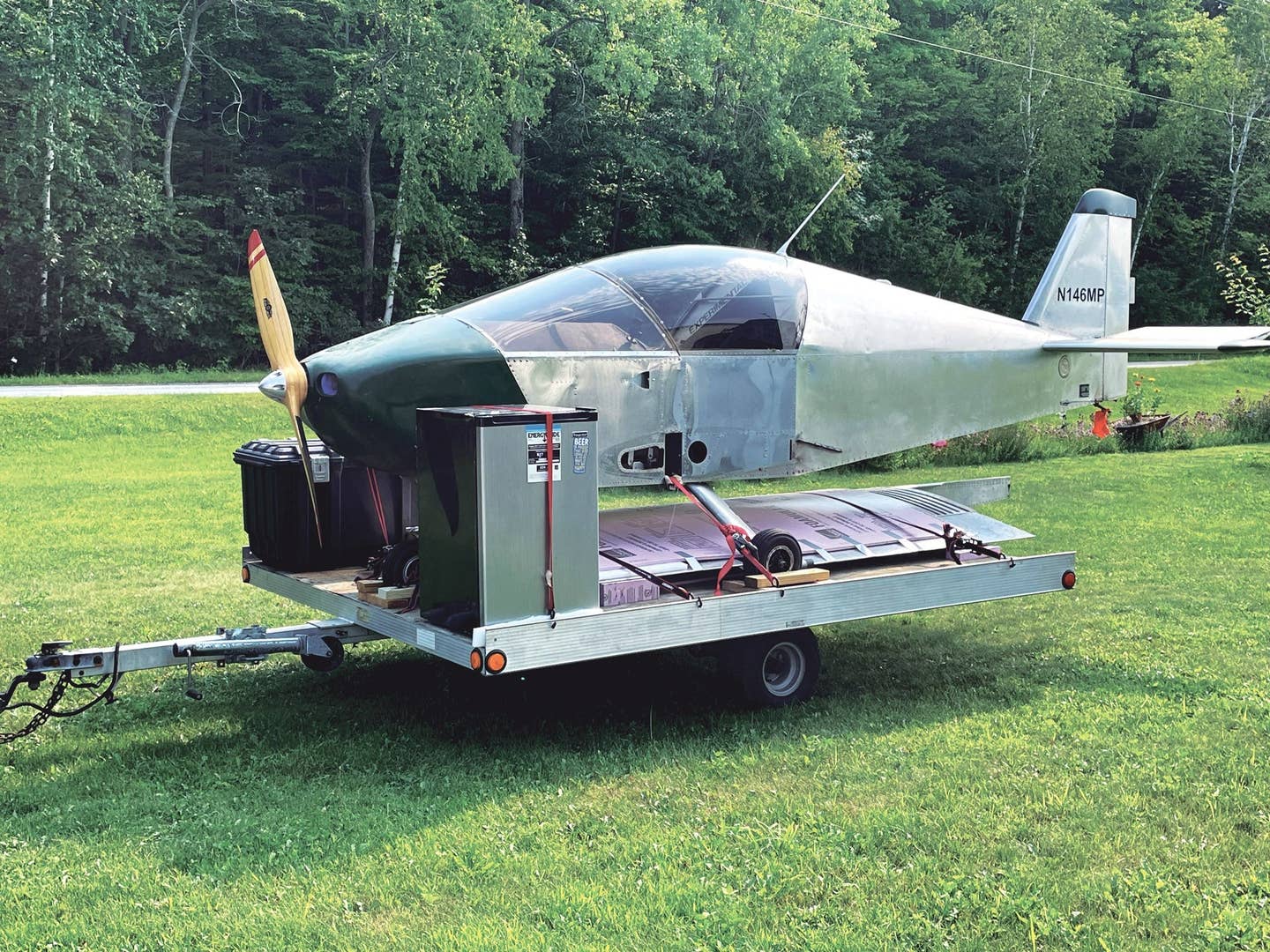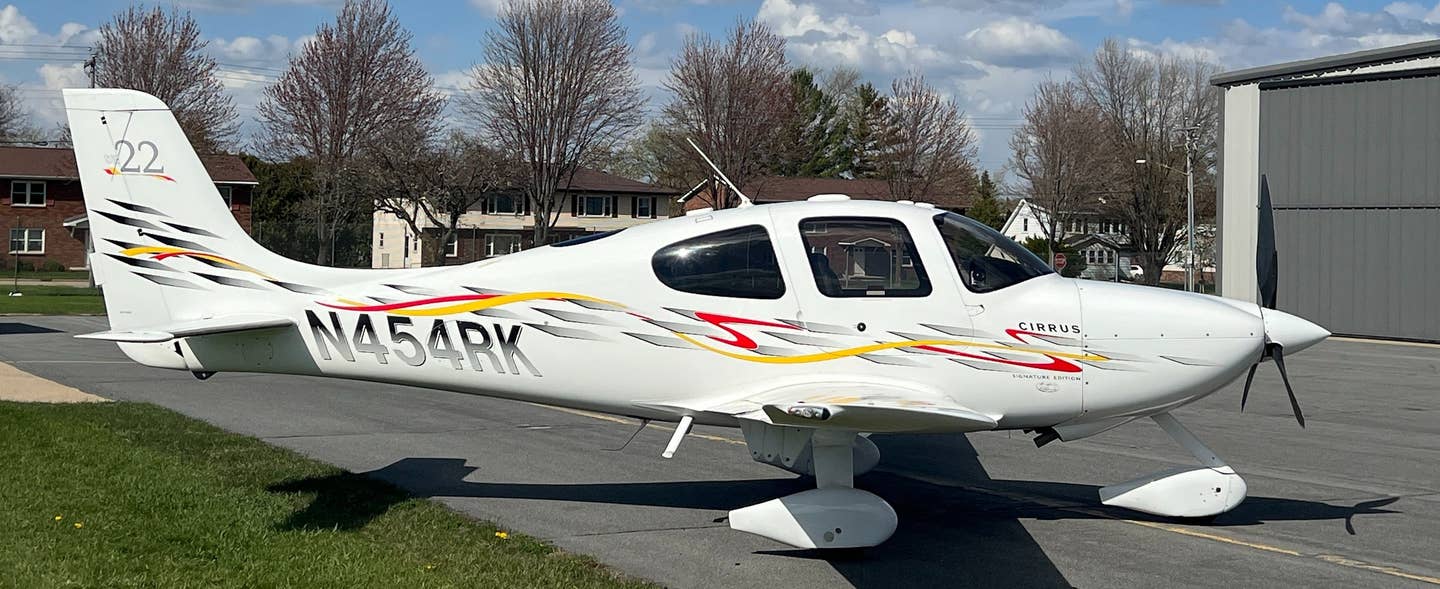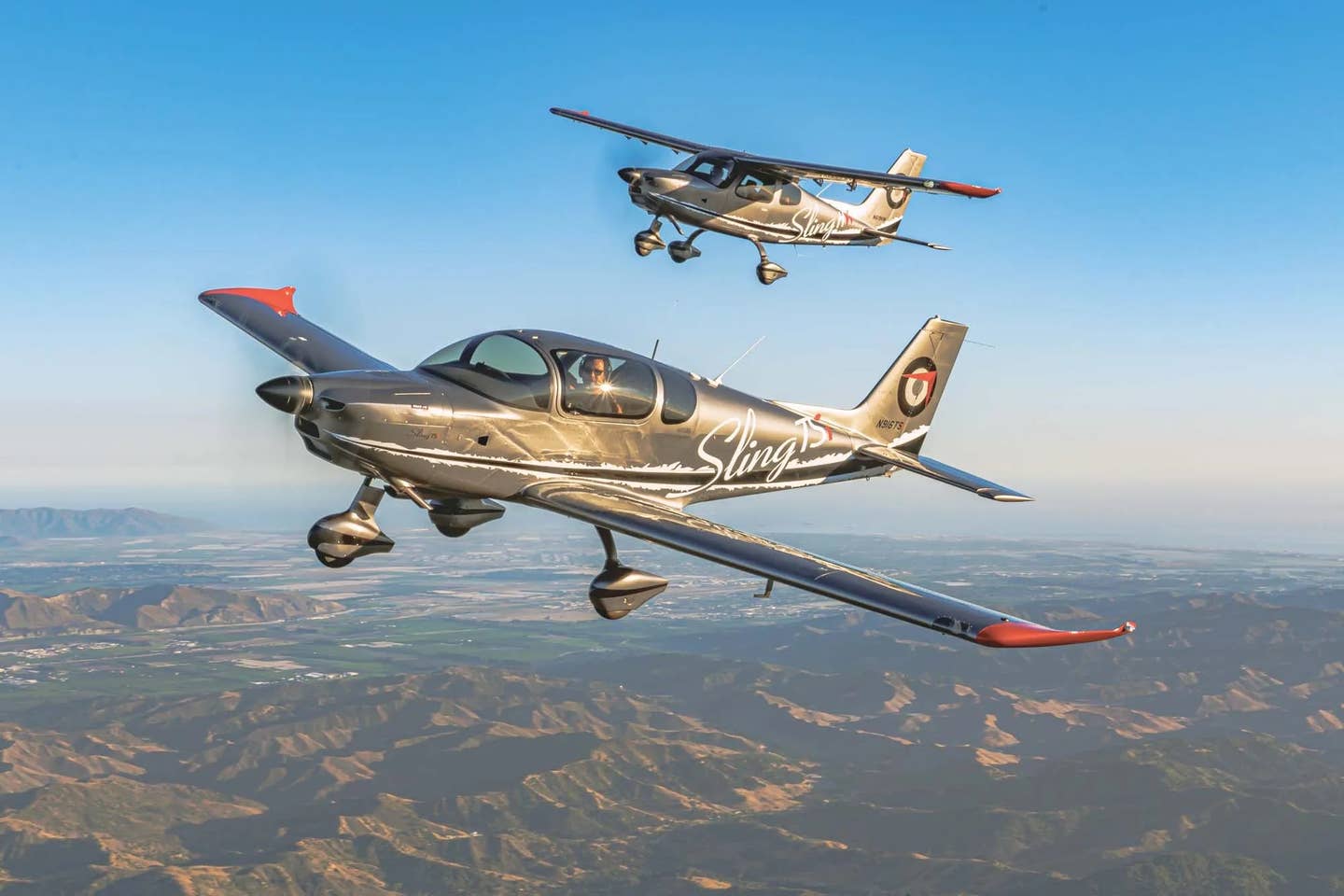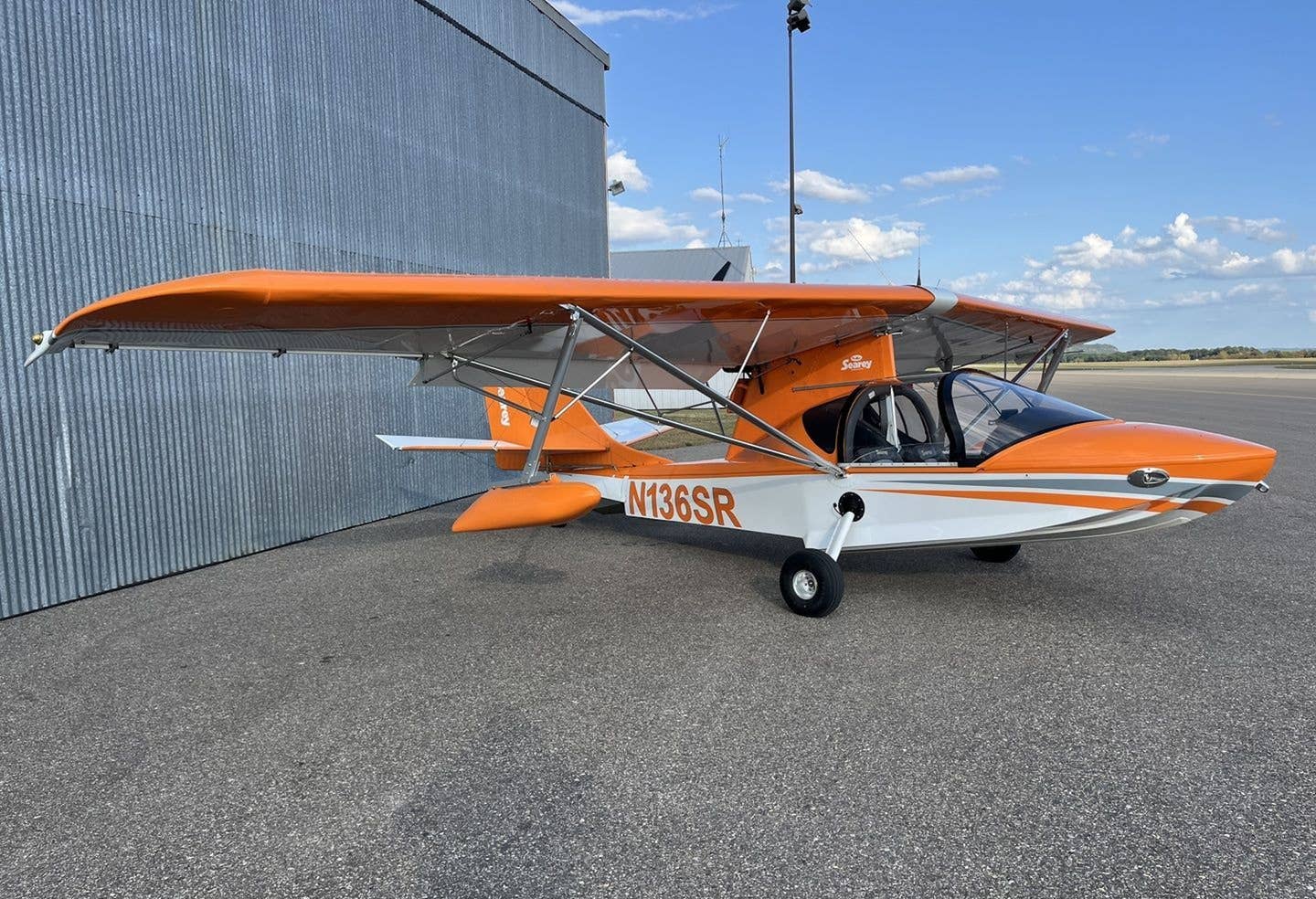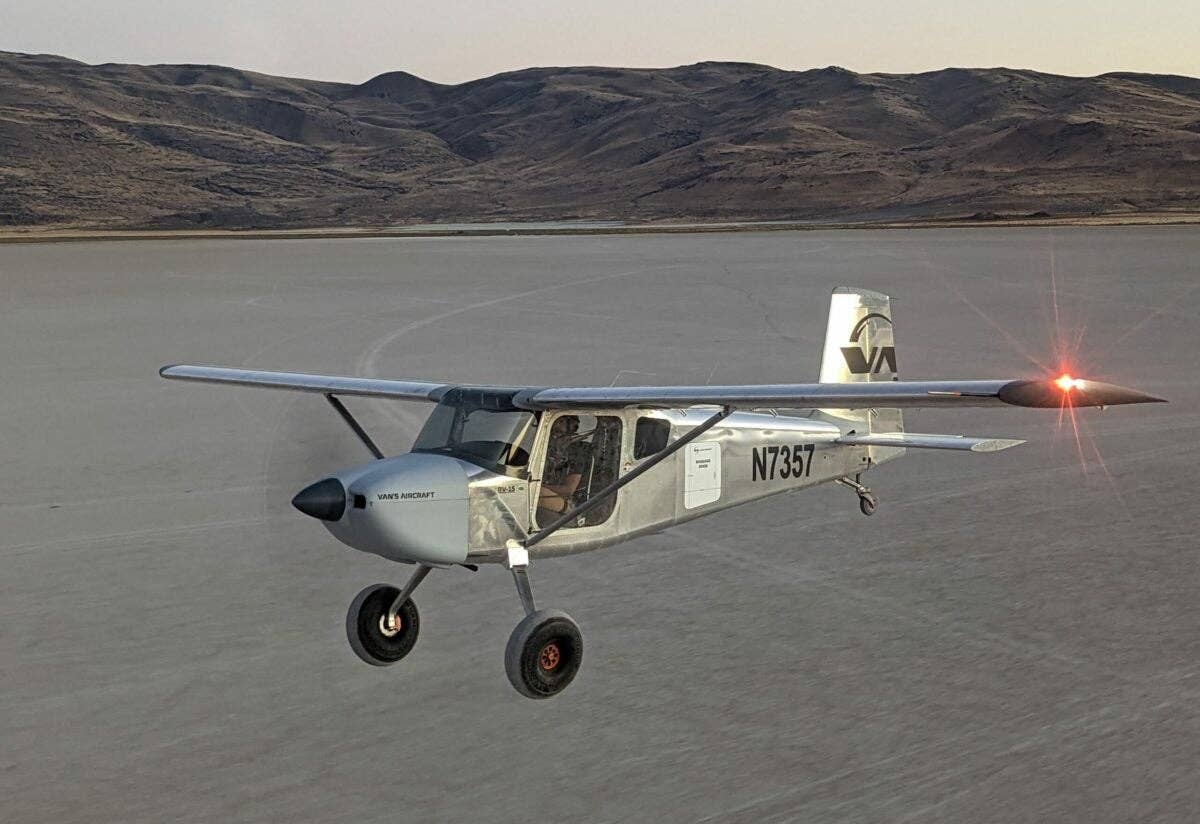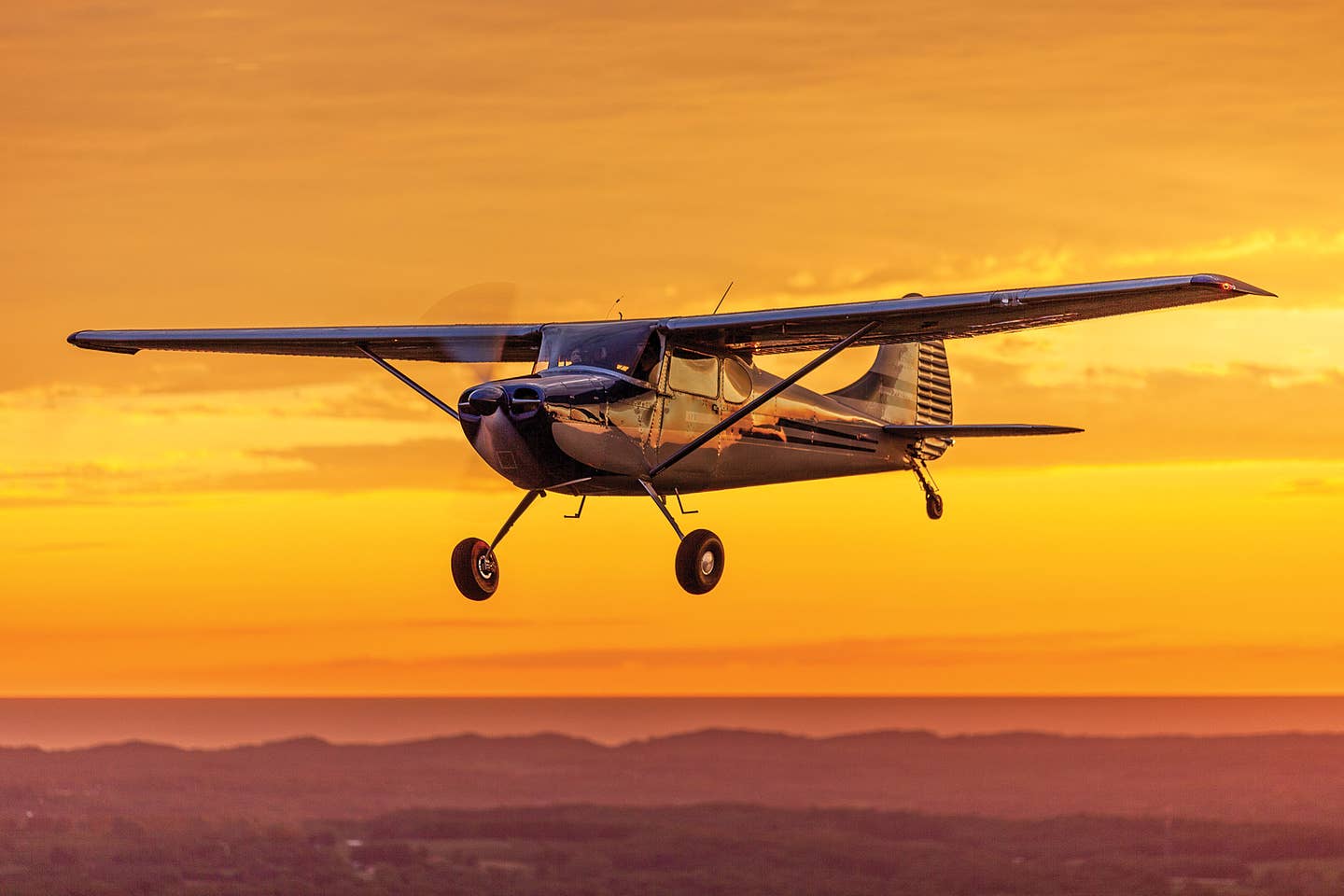
Three variants of the 170 were produced between 1948 and 1956: the 170, 170A and 170B. [Photo: Adam Stiffler]
Most pilots are introduced to tailwheel flying in small, two-place types such as the Piper Cub, Aeronca Champ and Cessna 140—airplanes that are perfectly suited to initial training and short pleasure flights. But as they build experience, more than a few pilots begin to recognize the limitations of these bantamweights and begin searching for an airplane that offers the satisfaction and fun of a taildragger with the flexibility and utility to unlock a wider variety of flying adventures. Lately, more and more are arriving at the conclusion that the Cessna 170 provides an optimal blend of qualities. Here, we explore what the 170 is like to own and what those owners enjoy most about it.
Design
In 1948, World War II had come to an end, soldiers had returned home to the postwar prosperity of the United States, and consumers weary from years of rationing were buying airplanes as quickly as factories could build them. Cessna was selling thousands of its small, two-place 120 and 140, as well as seeing success with the larger, radial-powered 190 and 195 that seated five people. The jump from one to the other was significant, however, and it didn’t take long for the company to identify this gap in their product offerings.
To address this, Cessna opted to stick with a proven formula. The company created a larger, four-place version of its existing 140 and named it the 170. The two types shared a number of features, including spring-steel landing gear, an aluminum airframe, toe brakes, a large floor-mounted flap lever, and control yokes rather than sticks.
So successful was the design, the 170 would go on to evolve into the wildly popular tricycle-gear 172, and initially, the landing-gear configuration was one of the only differences between the two. At first, they were built side by side on the very same assembly line. Although taildragger production quickly faded in favor of the 172 and other tricycle-gear types, Cessna achieved its goal of effectively bridging the gap between its two existing single-engine product offerings.
Model History
Three variants of the 170 were produced between 1948 and 1956: the 170, 170A and 170B.
The initial version is called the 170 and is commonly referred to as the “ragwing” or the “straight 170.” It was produced for one year only (1948) and is essentially a larger version of the 140. From a distance and without a sense of scale, the two types look nearly identical, with a fabric-covered constant-chord wing, dual wing struts, and a vertical stabilizer that lacks the curved dorsal fin of the later 170s. A total of 714 were built, and these examples tend to be the least expensive means of becoming a 170 owner.
The original fabric wing is characterized by light, crisp roll authority and docile, predictable stall qualities. It’s highly regarded by those who own them, but when evaluating a 170 with a fabric wing, a prospective owner must consider the age and condition of the fabric. Though modern covering systems can last decades when properly cared for, a 170 that’s due for new fabric can cost $8,000 to $10,000 to bring up to date. In such a case, it might make more sense in the long term to pay the premium for a 170A or 170B that, with their all-metal wings, will never require such service.
The 170A was built from 1949 to 1951, and the all-metal wing was indeed the primary change from the 170. The wing has a tapered design with squared-off wingtips, and a single wing strut on each side. The flaps were enlarged, and the maximum flap setting increased from 30 degrees to 50 degrees. Fuel capacity increased from 37.5 gallons to 42 gallons, and the dorsal fin was added, giving it a resemblance to the 190 and 195. A total of 1,522 170A models were built.
The final 170 variant was the 170B. Of the 2,900 examples that were produced from 1952 to 1957, the primary change was the wing. It introduced 3 degrees of dihedral and larger, semi-Fowler flaps. The improved flaps are hugely effective; at gross weight and standard conditions at sea level, the 170B requires only 65 percent of the distance required by the 170A to land over a 50-foot obstacle. And because the flaps produce more lift at smaller settings, takeoff distance over a 50-foot obstacle is reduced by nearly 200 feet.
At their maximum 40-degree setting, the huge flaps can disrupt airflow over the tail surface during slips, which can cause the airplane to pitch down suddenly and severely with potentially fatal results. Accordingly, the 170B flight manual includes a warning that with full flaps, slips are to be avoided. Fortunately, the maximum flap setting enables such a steep approach, owners agree that slips with full flaps are never necessary.
In addition to the improved flaps, the 170B also introduced a balanced horizontal stabilizer and elevator that provide lighter control forces and reduce the need for trim adjustments as speed and configuration changes.
All 170s came equipped from the factory with the 145 hp, six-cylinder Continental C-145, which later became known as the O-300. The relatively modest power means that most 170s are capable of getting into airstrips that they might not be able to get out of, but as the engines are essentially O-200s with two extra cylinders, they’re well-regarded for their reliability and smoothness.
Market Snapshot
A survey of 170s listed for sale at the time of this writing found 21 examples ranging in price from $38,900 for a 170A with a bad cylinder to a $135,000 heavily modified 170B with an upgraded engine and propeller. The median price of the group was $65,000, and the median airframe time was approximately 3,700 hours.
The least expensive 170s tend to be 1948 models with the fabric wing, while the B-models are listed at an average price of $81,000. Predictably, the examples that have been upgraded with more-powerful engines top the range, commonly reaching six figures.
The value of the 170 has increased notably in the past several years, and this appears to be at least partially attributable to a lower inventory. The popularity of tailwheel aircraft in general and backcountry flying in particular has made 170s of all varieties quite desirable, and their value seems to have outpaced other types.
Flight Characteristics
Climb into the cabin of a 170, and one of the most significant strengths of the design becomes immediately apparent—visibility over the nose is fantastic. This makes taxiing easy and straightforward, and no S-turning is necessary to see where you’re going. The airplane is reasonably easy to maneuver on the ground, and when full rudder doesn’t result in an immediate turn, a light tap of the brake ushers the tail into the direction you desire.
The spring-steel gear legs have a fair amount of flex and do a good job of soaking up bumps. While taxiing on lumpy, uneven surfaces, the airplane tends to wallow just a bit as the wing gently rolls left and right. Later B models feature slightly stiffer gear legs, which minimize the sway to a degree.
Compared with smaller types such as Cubs and 140s—which are invariably flown within a few hundred pounds of gross weight—the 170 can be a very different airplane from one end of the weight-and-balance envelope to the other. Flown solo at sea level with a bit of fuel burned off, the 145 hp Continental provides sprightly takeoff performance, often returning takeoff rolls in the 500-foot range. Loaded to maximum takeoff weight, however, one must expect a 60 percent longer takeoff roll, followed by a rather laborious climb rate that requires 1,820 feet to clear a 50-foot obstacle.
Once in the air, the 170 is as unremarkable as the 172 into which it evolved. Climb performance is sufficient but not impressive; stalls and handling are docile and predictable; and depending on the propeller, cruise performance hovers around 100 to 120 mph, with most owners reporting a fuel burn of 7 to 8 gallons per hour. Useful loads are generally around 850 pounds, leaving roughly 600 pounds for people and gear with full tanks.
Like most taildraggers, landing demands vigilance. The 170 is more docile than many, but the spring-steel landing gear lacks damping of any kind, and this requires a careful, controlled touchdown. Unlike Piper Pacers and Stinson 108s that are equipped with oil damping to slow the rebound, a firm touchdown in a 170 will cause the gear legs to snap back and enthusiastically return the airplane back into the sky.
For those using their 170 to venture out to bumpy strips or off-airport, however, the benefits of the tailwheel configuration quickly become clear. There’s no chance of damaging a fragile nosewheel or firewall on rough ground, and prop strikes are far less likely thanks to greatly increased prop clearance.
Ownership
With more than 5,000 examples produced, most parts are easily sourced for the 170, and it’s not difficult to find qualified mechanics who are familiar with the type. A relatively small number of airworthiness directives on the airframe helps to simplify pre-purchase inspections; other than recurring ADs on the seat tracks and Bendix mag switches, most are either one-time inspections or applicable only to the engine and/or engine accessories.
Ownership is made even easier with a vibrant type club, the International Cessna 170 Association, where members gather online and around the world to share tips and knowledge. Owners actively collaborate to identify and address emerging maintenance issues among the fleet, adding a great layer of safety to the ownership of an aging aircraft.
After the purchase, the 170 is something of a blank canvas. An owner can install original wheelpants and polish bare aluminum for a bit more speed and a classic 1950s look, or they can install a STOL kit and tundra tires for backcountry adventuring. Similarly, the interior can be restored to recapture the original 1950s style, or the upholstery and rear seat can be removed altogether to save weight and maximize cargo space.
Owners with significantly larger budgets are able to completely transform their 170s by installing a larger engine, such as the 180 hp Lycoming O-360. This transforms a stock 170 with its mediocre climb rate into a powerful machine that can much more easily handle short runways with departure-end obstacles. This performance also unlocks capability at high altitudes, particularly when paired with modern composite propellers. While such performance doesn’t come cheap at approximately $50,000 to $60,000 to start, the desirability in today’s market is such that it tends to return a corresponding increase in the aircraft’s resale value.
Inertia-reel shoulder harnesses are a popular modification. Unlike basic fixed shoulder harnesses that require the pilot to constantly loosen them to lean forward and reach the floor-mounted flap handle, the inertia-reel harnesses enable the pilot to reach the flap lever unencumbered and undistracted.
The 170 strikes a great balance of being easy to handle yet never boring. It’s common enough for service and most parts to be easily sourced, but it’s unique enough to turn heads on any ramp. And while the technical differences between the various 170 subtypes are notable, most owners agree that pilot proficiency and skill can easily make up for most of those differences.
Capable of being flown on wheels, skis or floats, the 170 enables adventures of all kinds. The payload falls short of a 180 or 185, but so too does the fuel burn and operating expense. For the pilot who wants a relatively economical taildragger with the ability to take a friend and a pair of bicycles on weeklong camping trips, the 170′s unique blend of strengths make it a particularly attractive approachable aircraft—and a ticket to further adventures.
This story appeared in the August 2021 issue of Flying Magazine

Sign-up for newsletters & special offers!
Get the latest FLYING stories & special offers delivered directly to your inbox

